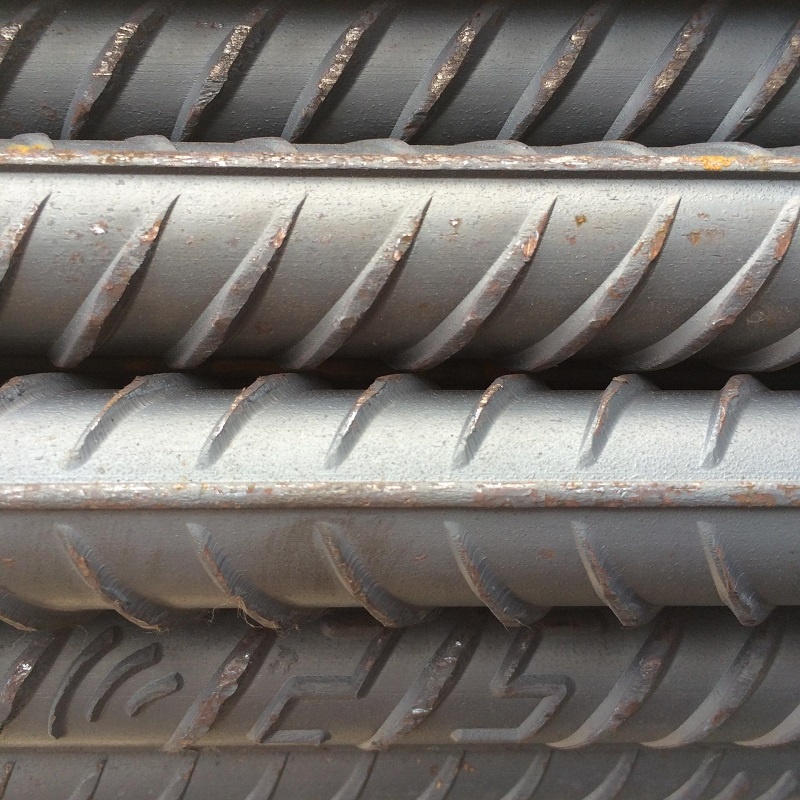| Name: | Carbon steel rebar |
| Product name: | Deformed steel rebar |
| Technique: | Hot Rolled Ribbed Steel Rebar |
| Material: | HRB400E HRB500E |
| Diameter: | 6~50mm |
| Alloy Or Not: | Non-alloy |
| Type: | Hot Rolled Ribbed |
| MOQ: | 10 Ton |
| Tolerance: | ±1% |
| Application: | Construction Material |
| Price Terms: | CIF CFR FOB EX-WORK |
| Payment terms: | 30%T/T Deposit + 70% Balance |
| Inquiry |
Product Description
Deformed steel bars have ribs, lugs and indentation on the surface of the bar, which reduces the major problem that is faced by mild steel bar due to slippage and good bonding is achieved between concrete and rebar. The tensile properties is higher compared to other rebars. These bars are produced in sections from 6 mm to 50 mm dia.
Deformed steel rebar, short for "deformed reinforcing bar," is a common construction material used to reinforce concrete structures. It is also known simply as reinforcing steel or reinforcement steel. The term "deformed" refers to the surface texture of the steel bar, which is characterized by raised patterns or deformations.
Here are some key features and uses of deformed steel rebar:
Strength and Durability: Deformed rebar is typically made from carbon steel and has high tensile strength. It is designed to withstand the tensile forces that concrete may experience, particularly in areas prone to earthquakes or other dynamic forces.
Standard Grades: Deformed steel rebar comes in various grades, with each grade corresponding to a specific minimum yield strength. Common grades include ASTM A615 Grade 60 and Grade 40, indicating the minimum yield strength in thousands of pounds per square inch.
Sizes and Diameters: Deformed rebar is available in a range of sizes and diameters to suit different construction needs. Standard sizes are often expressed in terms of the bar's diameter in inches or millimeters.
Weldability: Deformed steel rebar is generally weldable, allowing for the fabrication of complex structures where reinforcement continuity is crucial.
Usage in Concrete Structures:
Foundations: Used in the construction of foundations to provide strength and stability.
Columns and Beams: Employed in the construction of columns and beams to enhance load-bearing capacity.
Slabs: Used in reinforced concrete slabs to resist tensile forces.
Bridges and Highways: Commonly used in the construction of bridges and highways to reinforce the structural elements.
Industry Standards: Various international standards govern the manufacturing and use of deformed steel rebar, ensuring quality and performance. For example, ASTM A615/A615M in the United States outlines the specifications for deformed and plain carbon-steel bars for concrete reinforcement.
Corrosion Resistance: In some cases, deformed rebar may be coated or epoxy-coated to enhance corrosion resistance, especially in environments where exposure to moisture and corrosive elements is a concern.
Deformed steel rebar is a crucial component in reinforced concrete construction, providing strength, durability, and stability to structures. Its use is widespread in a variety of construction projects, ranging from residential buildings to large-scale infrastructure projects.
Related Products






 Send Email
Send Email +86-17691203929
+86-17691203929